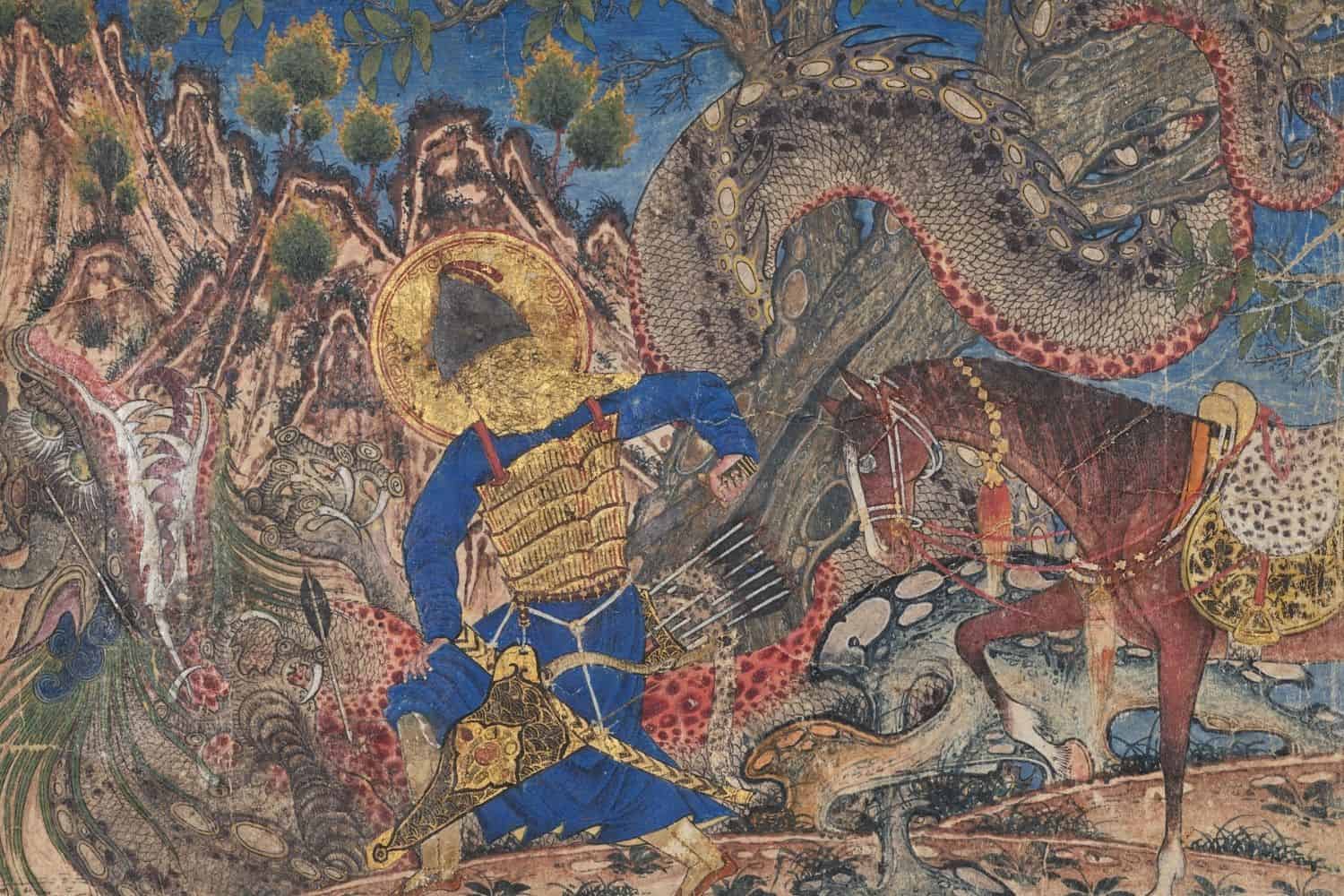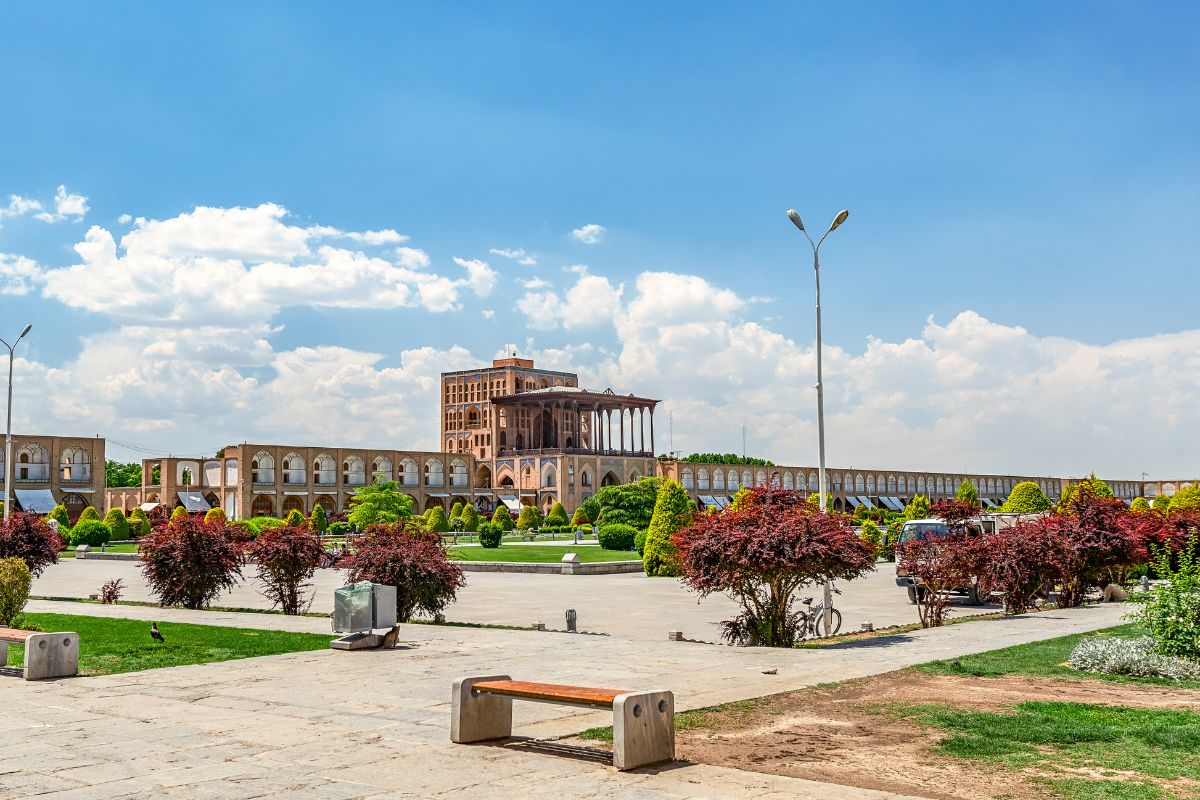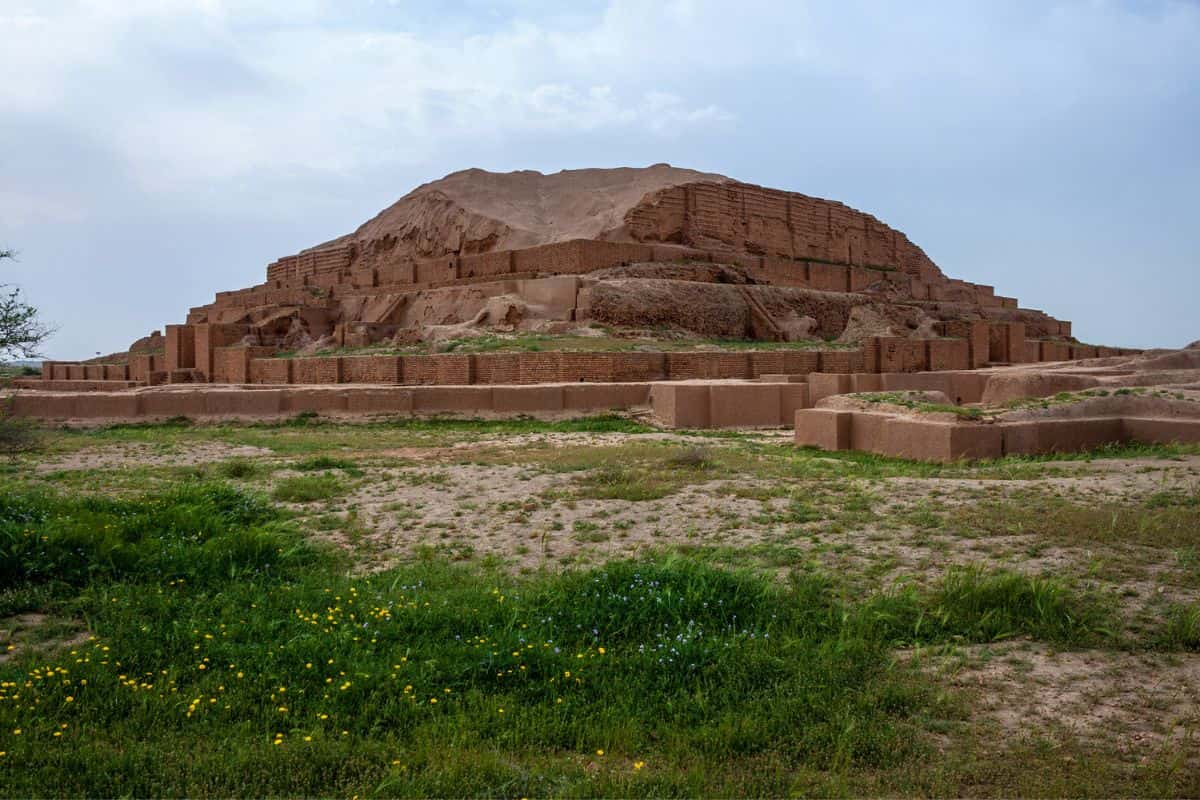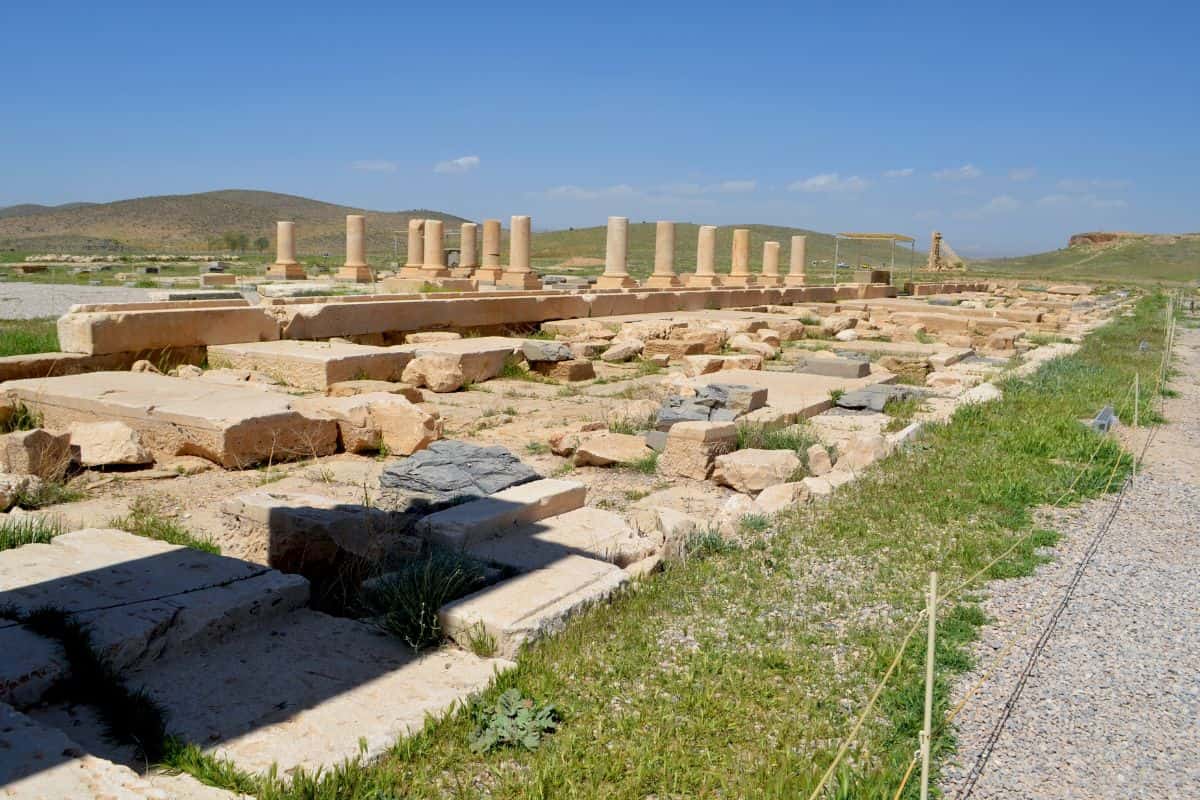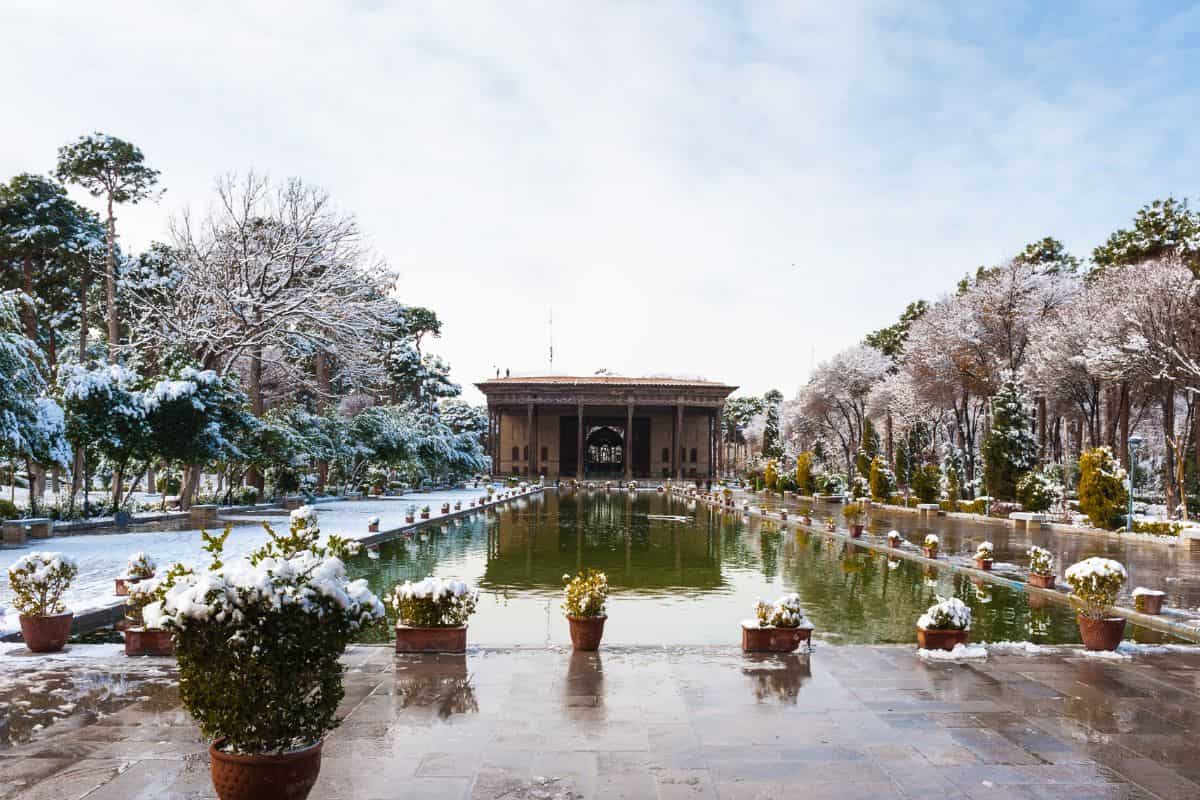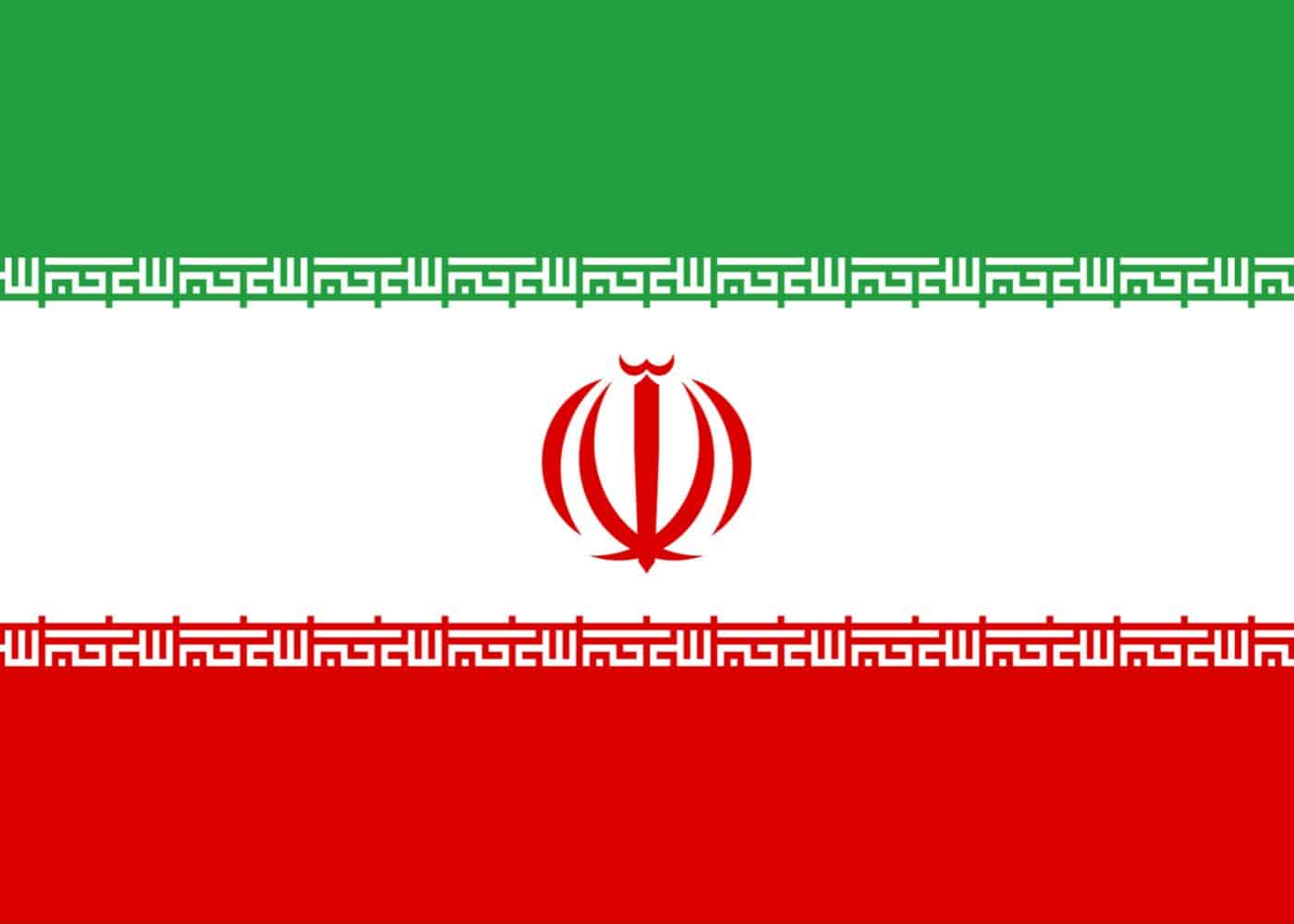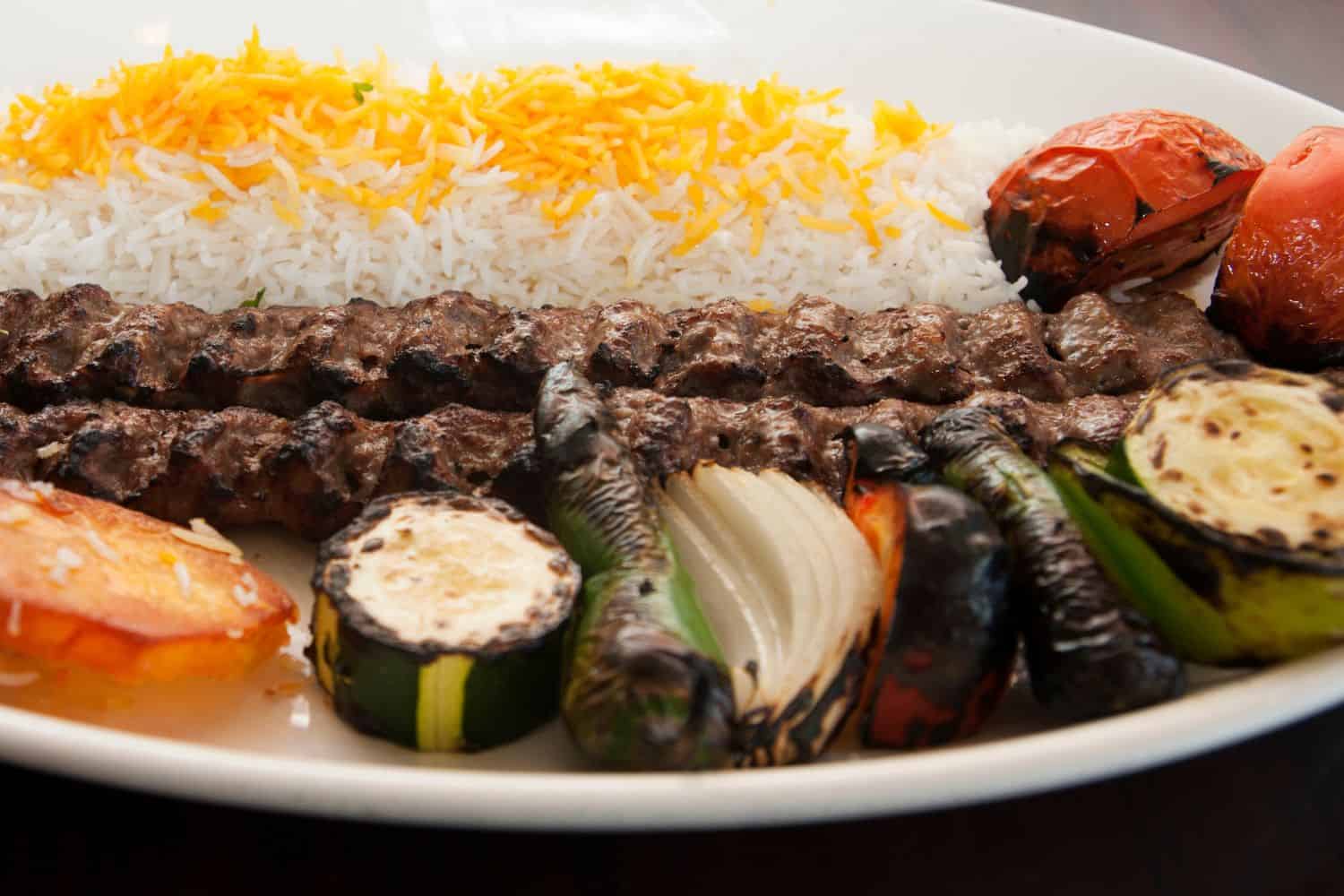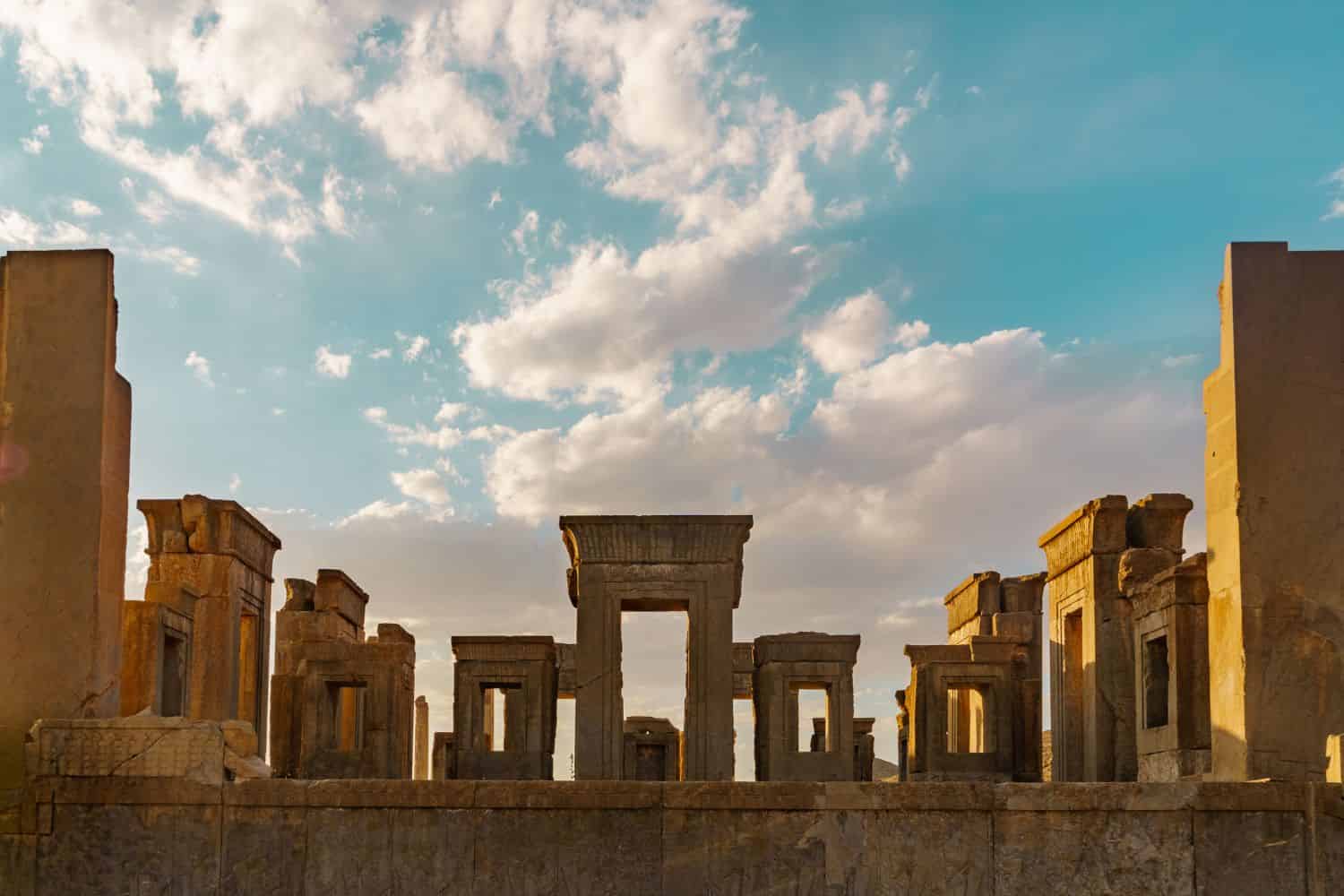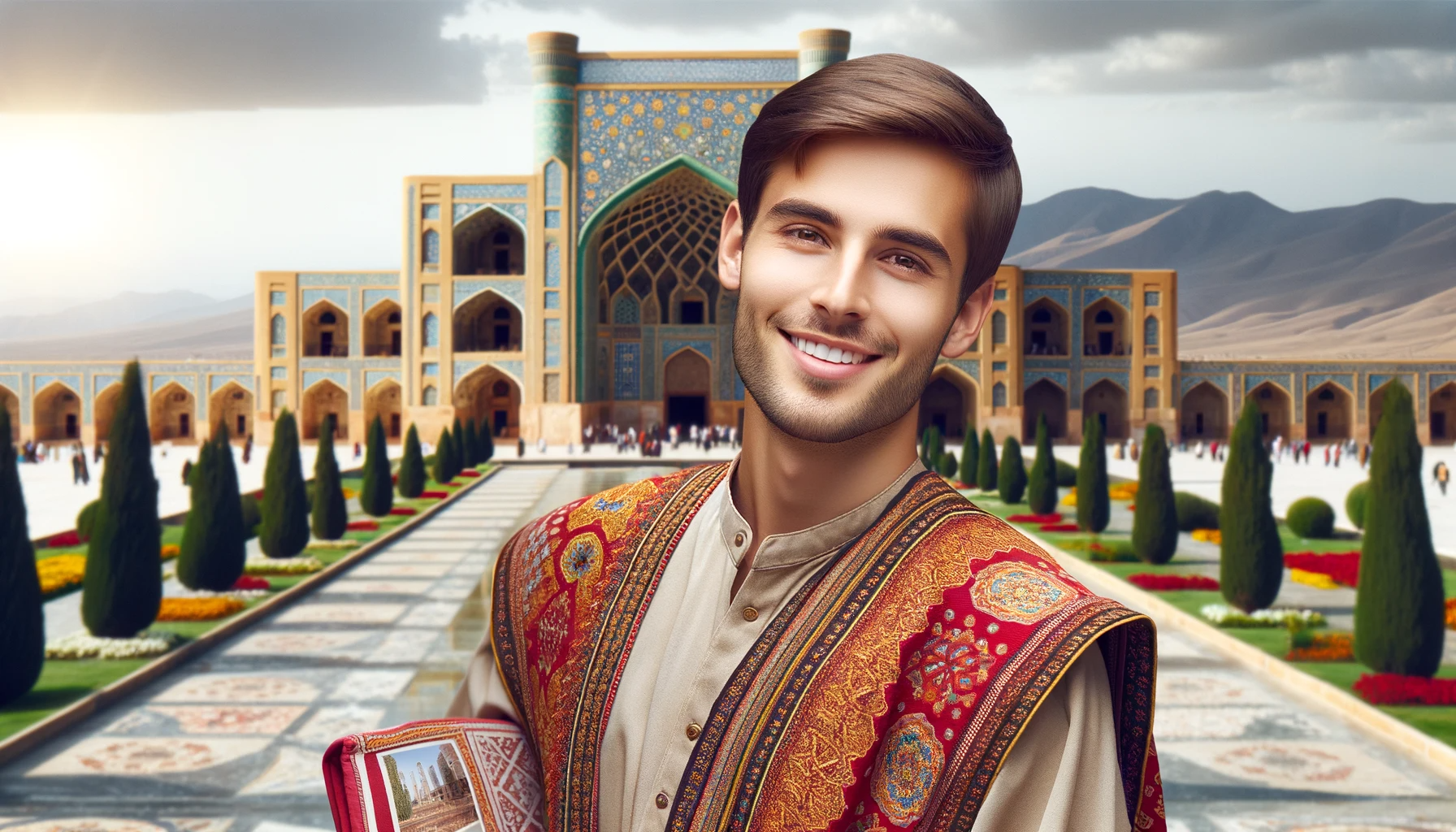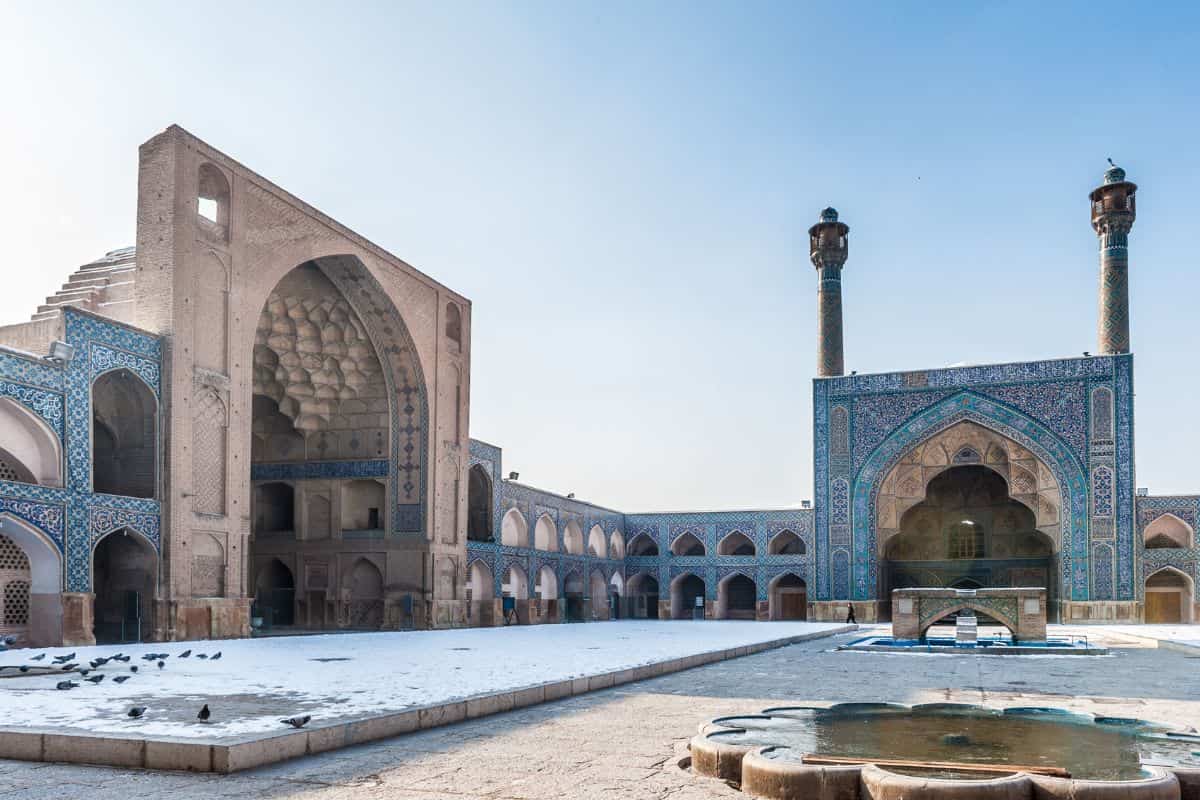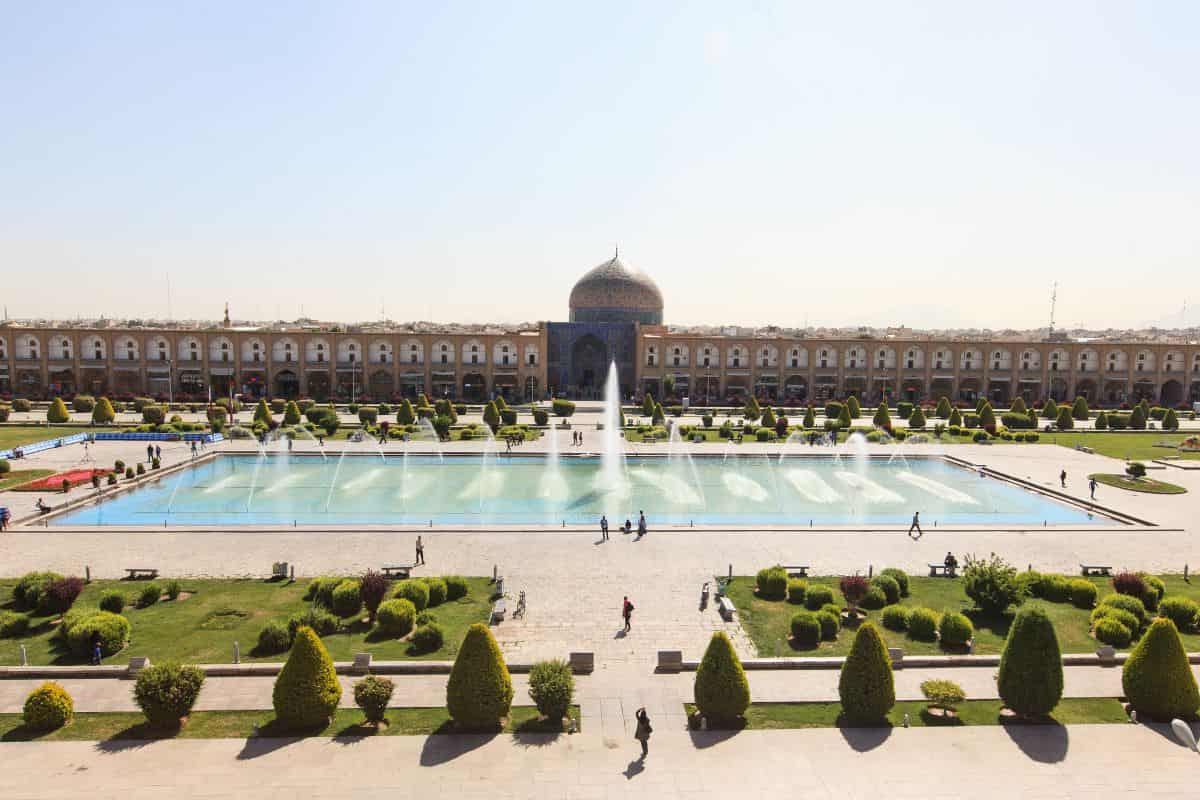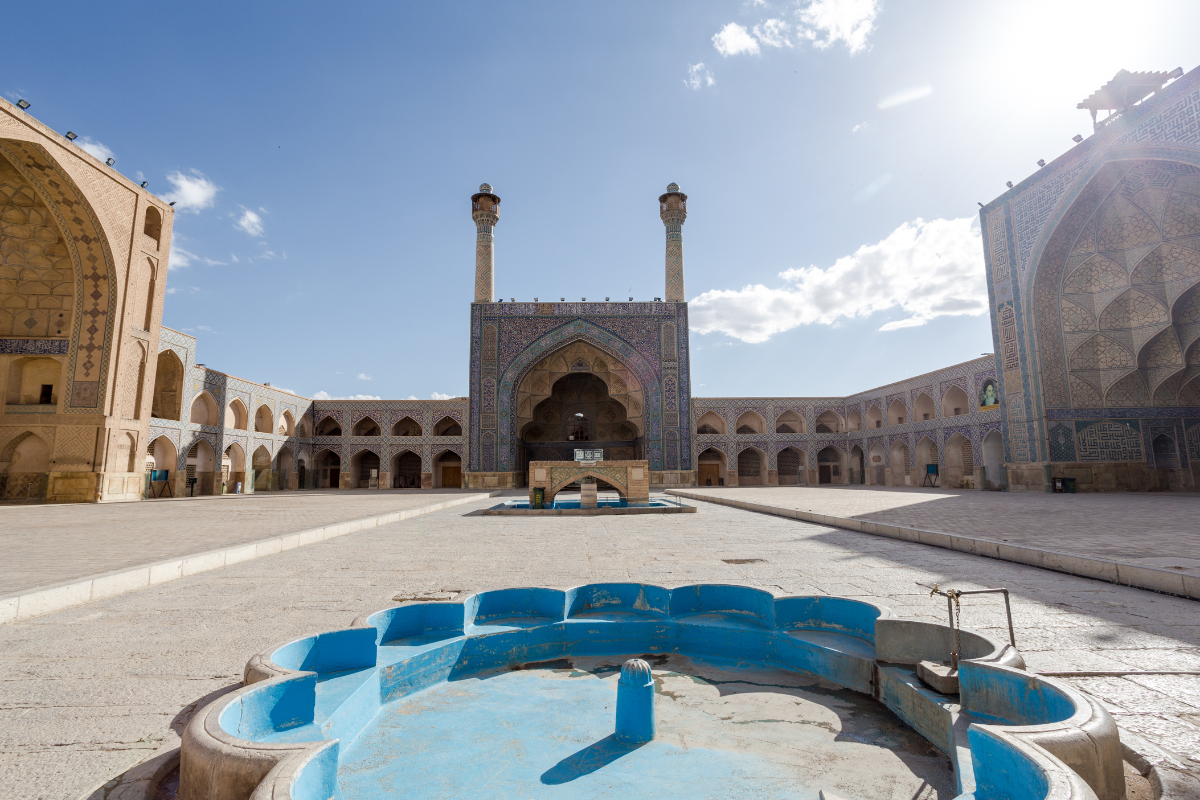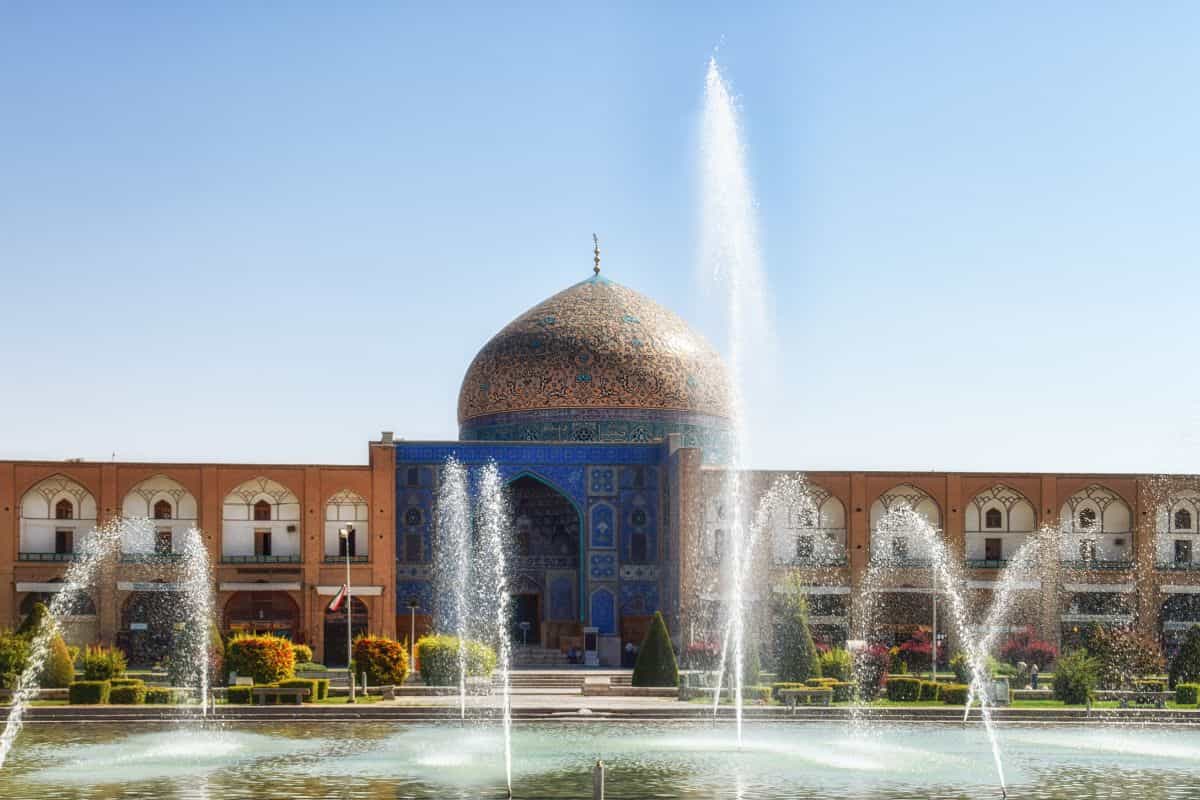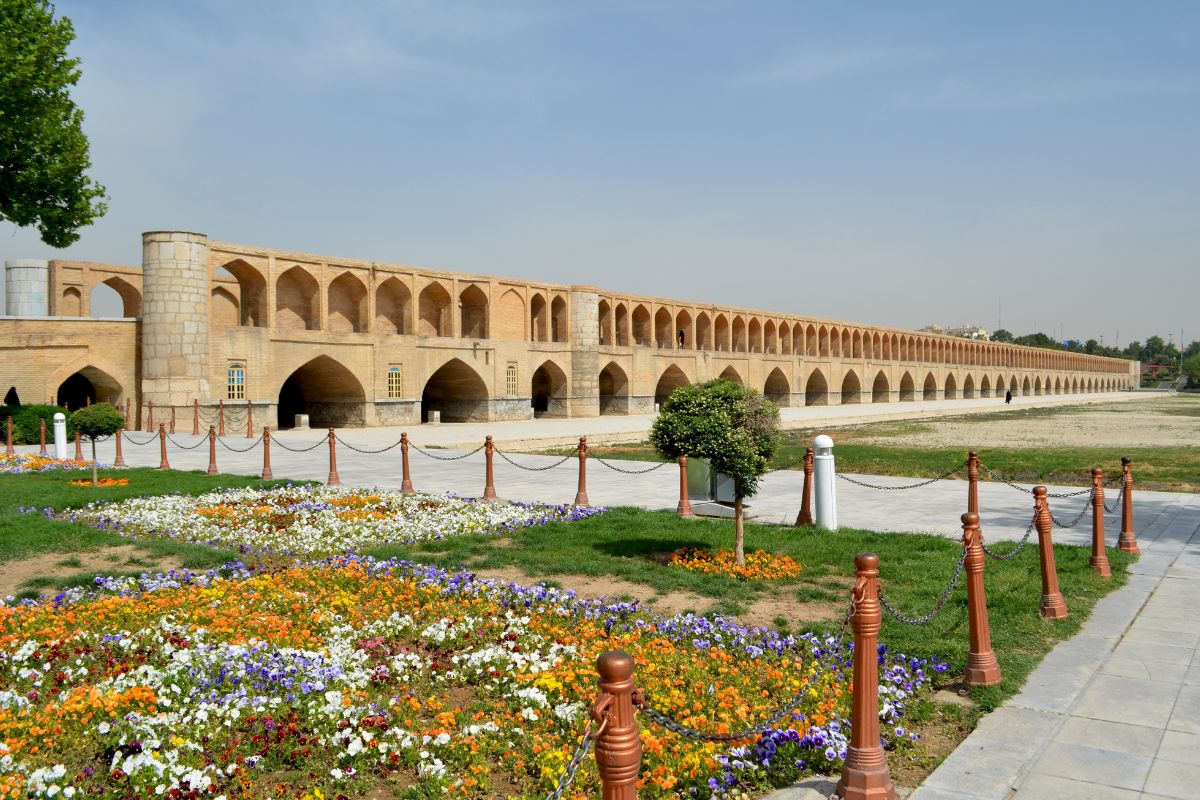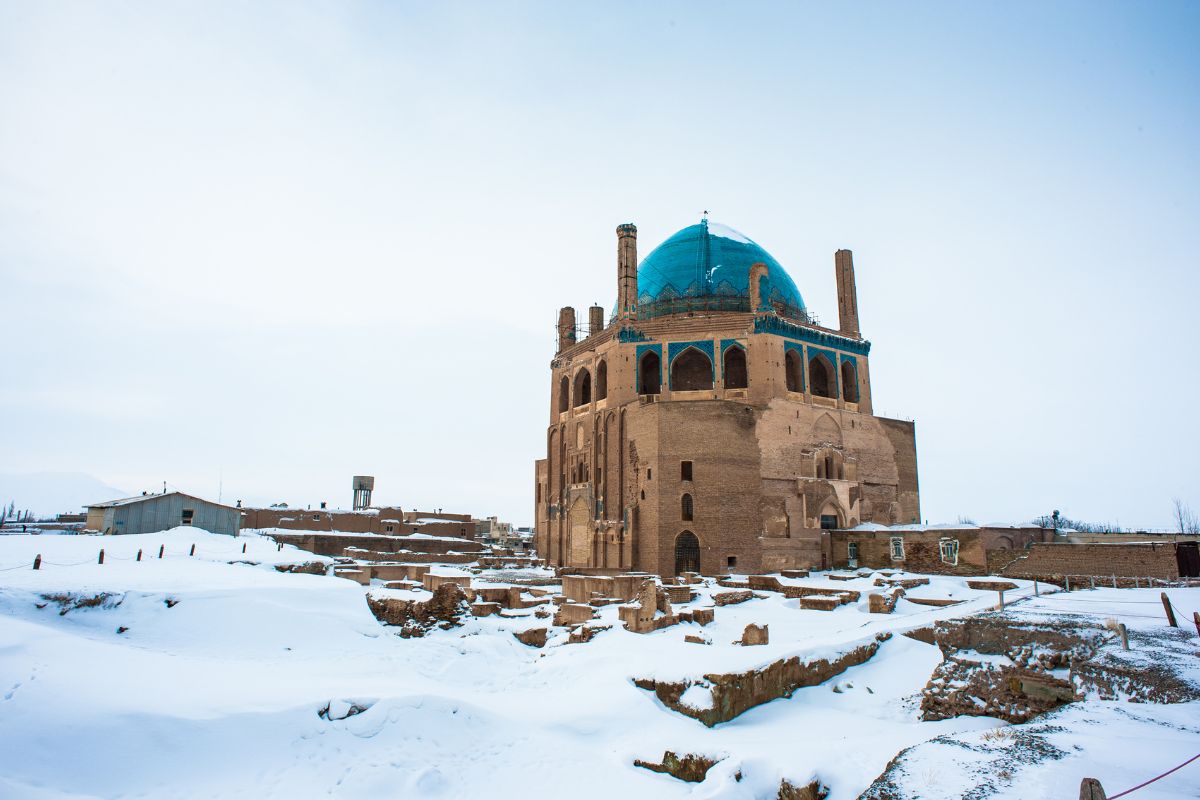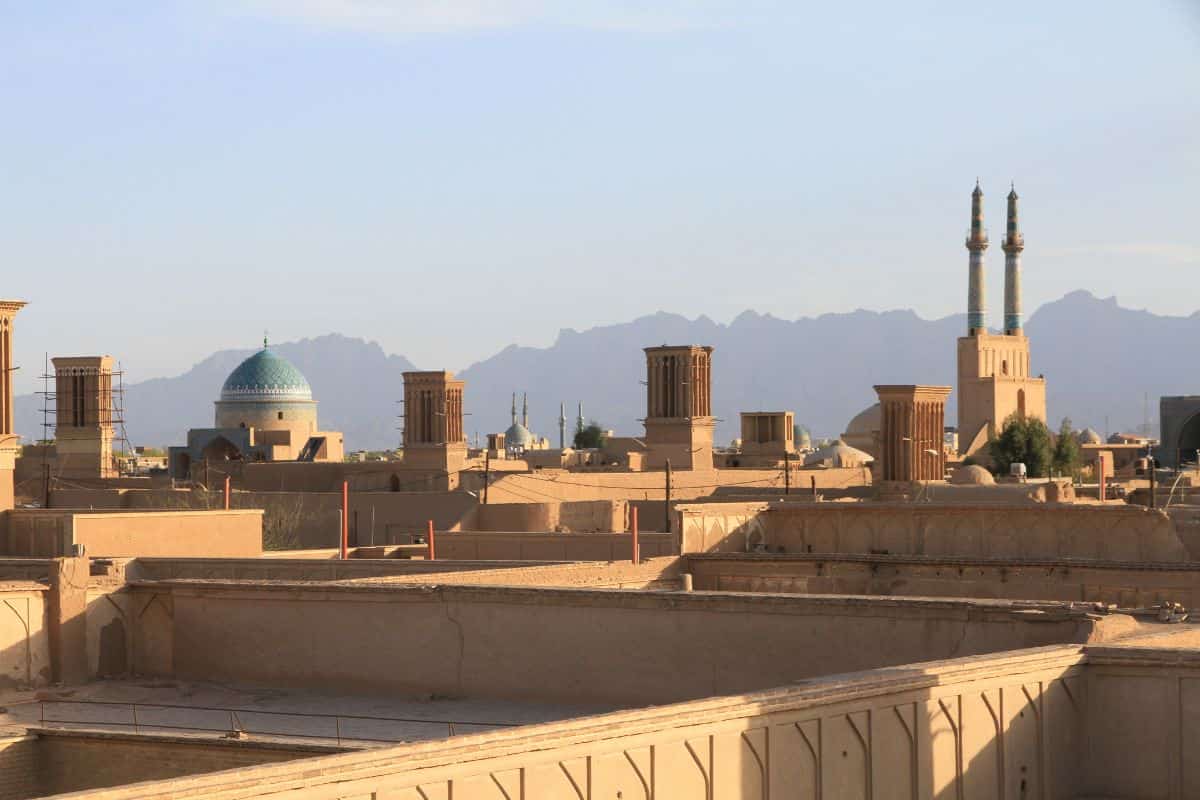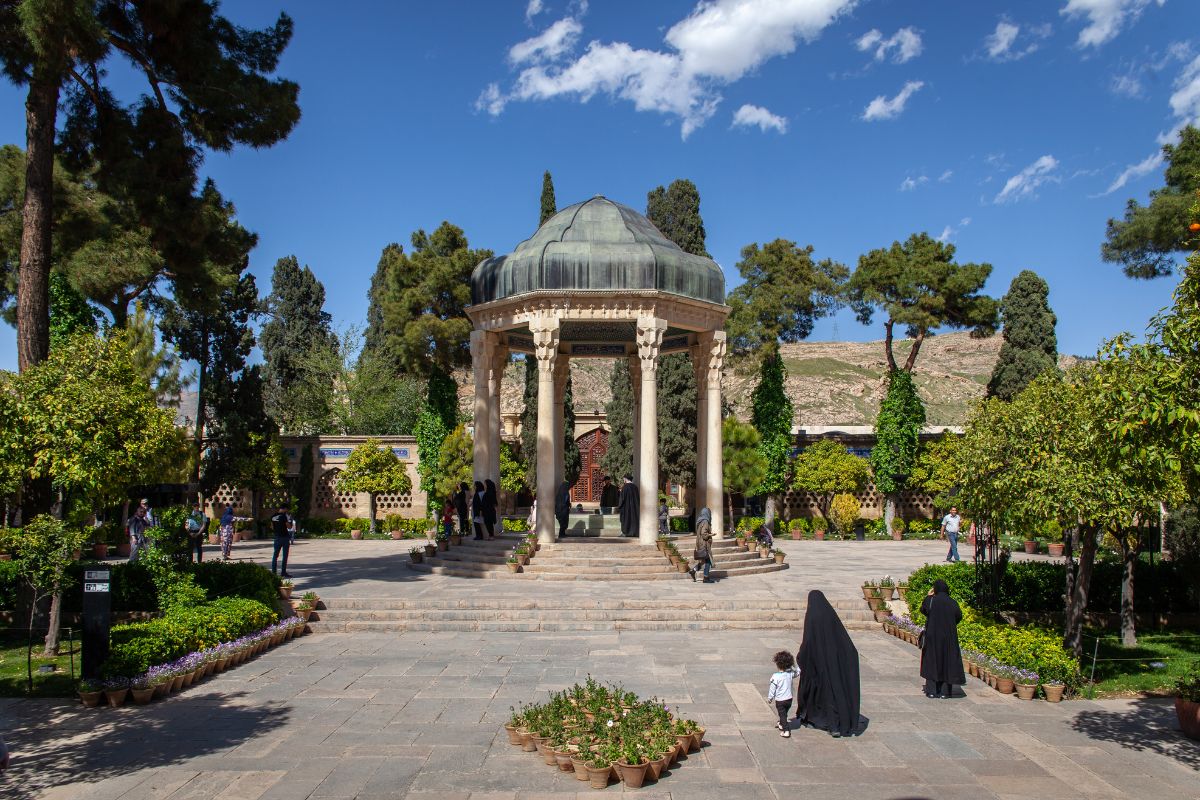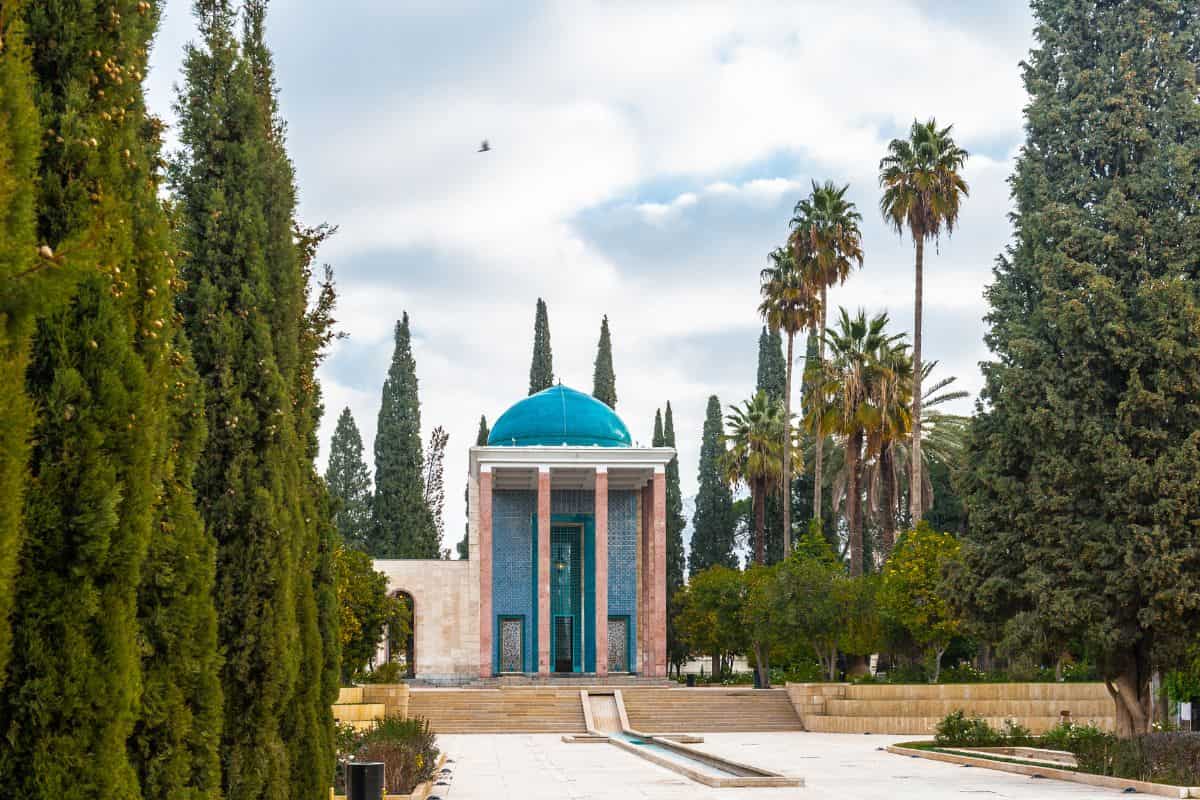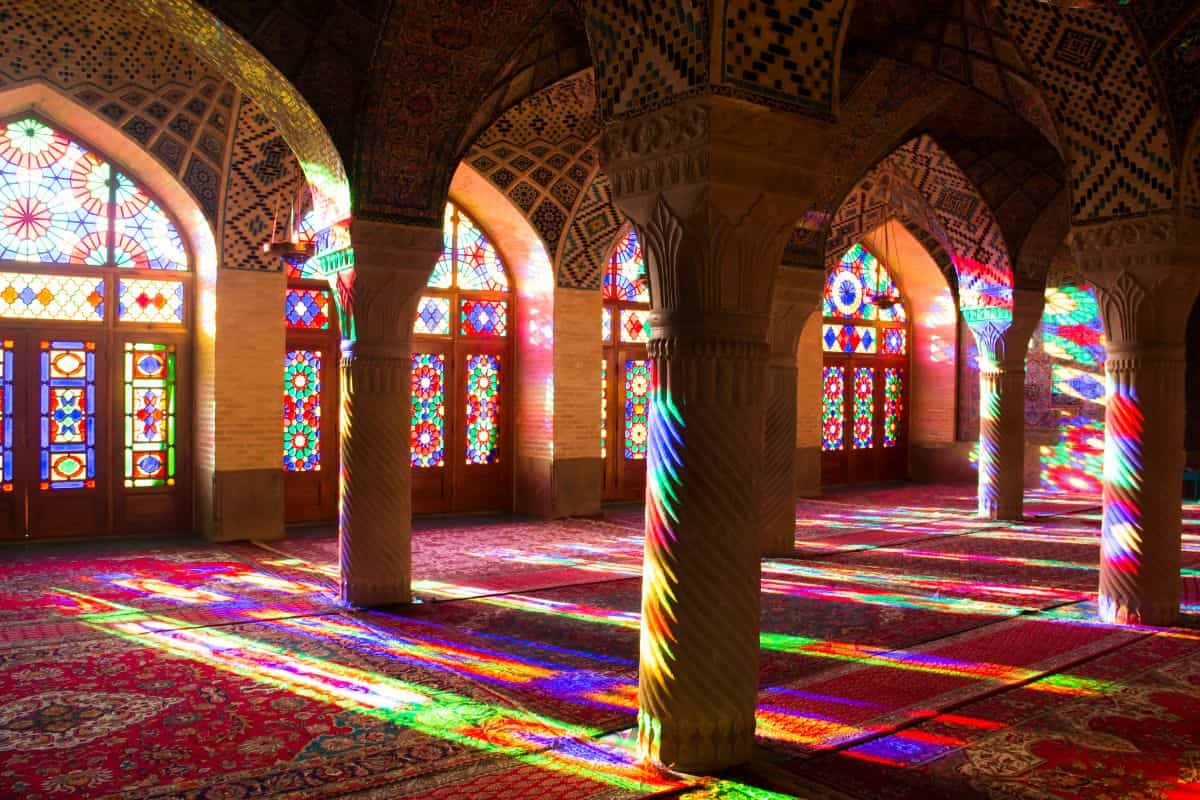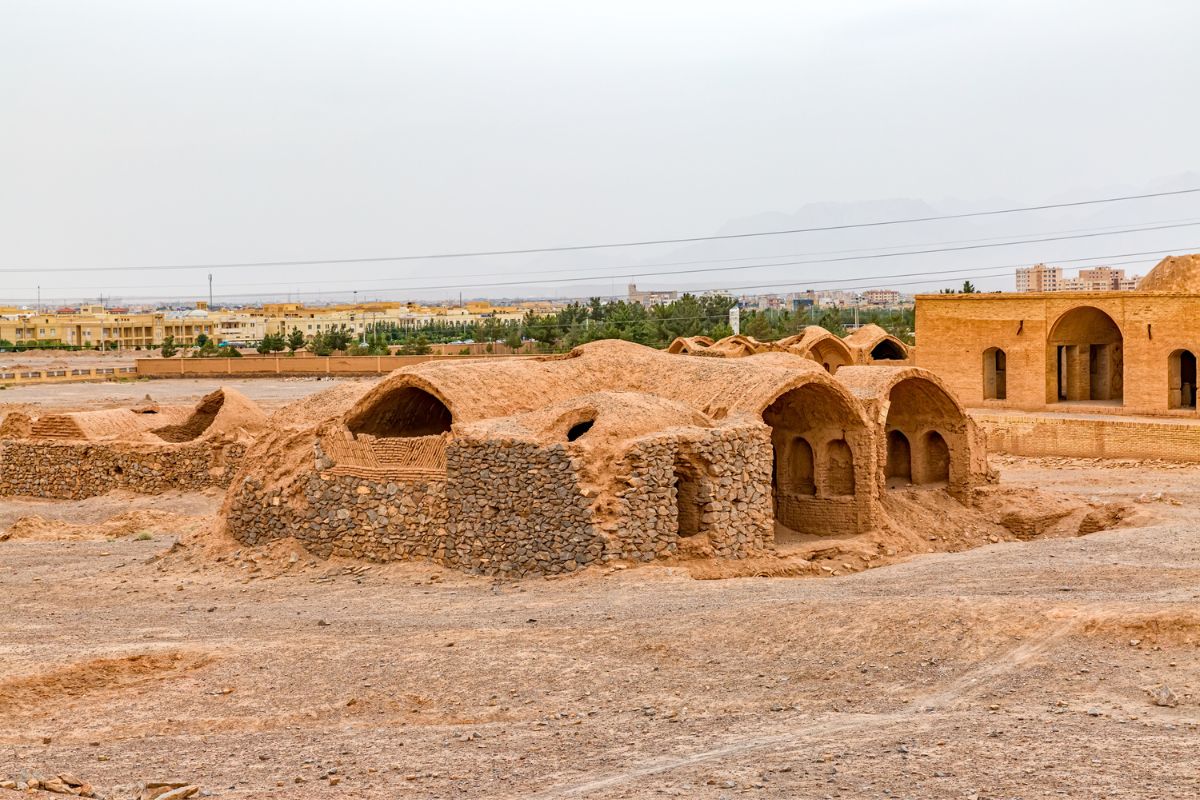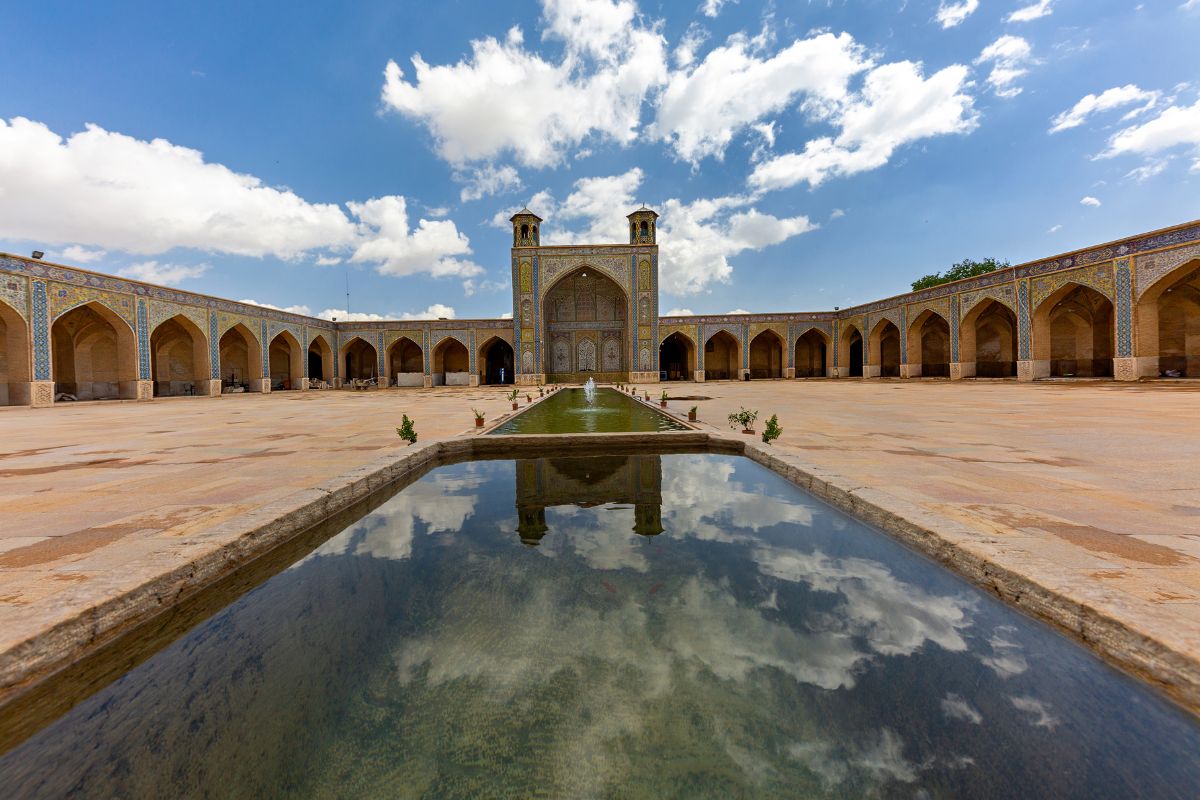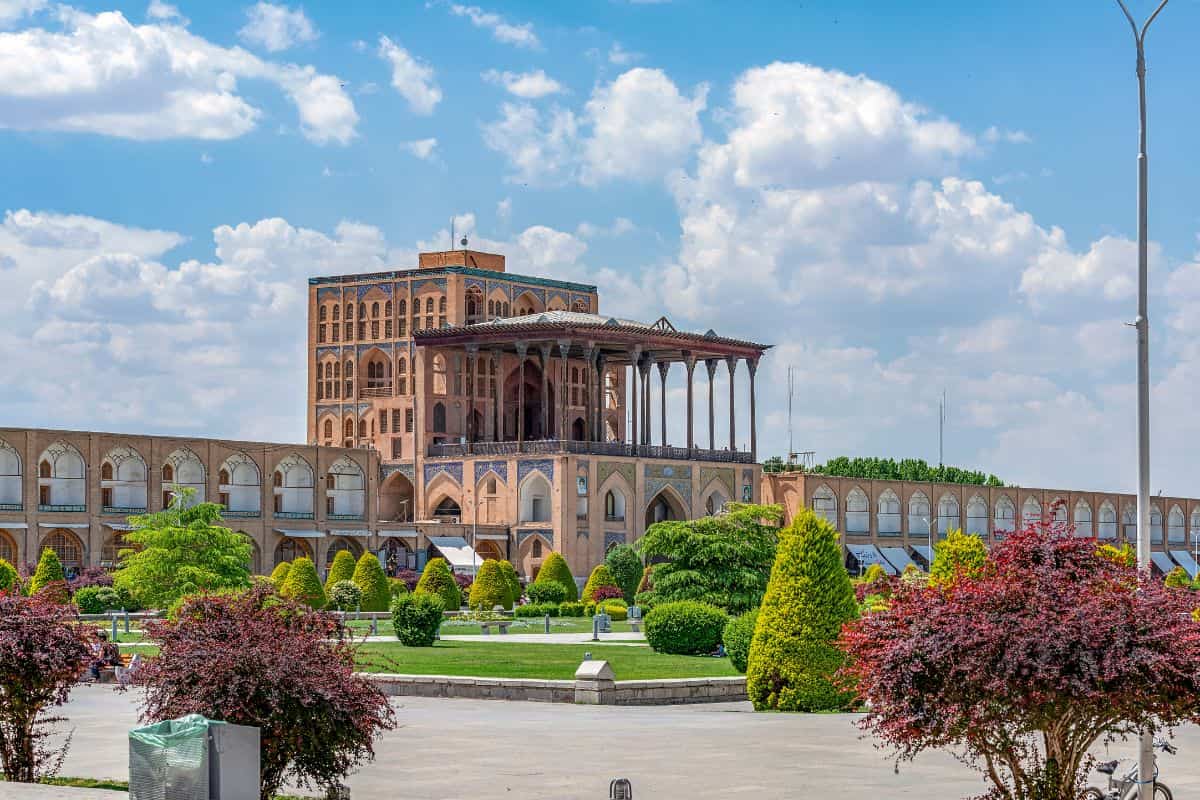Table of Contents
Delve into Iran culture as we provide you with an in-depth understanding of the customs of Iran, and its diverse and vibrant heritage, encompassing traditions, values, and unique customs and practices.
Iranians place a strong emphasis on hospitality, welcoming guests with open arms. Family is at the core of Iranian society, with strong bonds and a sense of community. It’s important to recognize that Iran culture is continually evolving, influenced by historical events, regional dynamics, and global interactions.
Understanding the culture of Iran can provide valuable insights into the complex and diverse society of the country.
Iran Culture
Here are the most important points to begin learning about Iran culture and customs:
- Ethnic Diversity: Iran is home to a diverse mix of ethnic groups, each with its own customs and traditions. Persians, Azeris, Kurds, and Arabs are some of the major ethnic communities.
- Languages: The official language of Iran is Persian (Farsi), but numerous regional languages and dialects are spoken throughout the country.
- Islamic Practices: Iran is predominantly a Muslim country, and Islam is deeply ingrained in Iran culture, affecting daily life, values, and societal norms. This includes daily prayers, fasting during Ramadan, and adherence to Islamic dietary laws. The majority of Iranians practice Shia Islam.
- Greeting Etiquette: Greetings are an essential part of Iran culture. Handshakes are common between men, while men and women usually do not shake hands. Instead, they greet each other verbally with polite phrases.
- Traditional Clothing: Traditional Iranian clothing, such as the “kameez” for men and “chador” for women, is commonly worn. Traditional attire varies by region and ethnicity but remains an integral part of Iranian identity.
- Cuisine: Iranian cuisine features dishes like kebabs, rice dishes, and a variety of stews. It reflects a fusion of Central Asian, Middle Eastern, and Persian flavors.
- Hospitality: Iranians are renowned for their warm hospitality. When guests visit, they are offered tea, meals, and often a place to stay. It is considered impolite to decline such offers.
- Respect for Elders: Respect for elders is a deeply ingrained custom. Younger individuals show deference to their seniors through words and actions.
- Arts and Crafts: Iran has a rich tradition of arts and crafts, including intricate carpet weaving, pottery, calligraphy, and miniature painting.
- Music and Dance: Traditional Iranian music includes instruments like the tar and santur. Folk dances are an integral part of cultural celebrations.
- Celebration of Festivals: Iranians celebrate various religious and cultural festivals, such as Nowruz (Persian New Year), Eid al-Fitr, and Eid al-Adha. These celebrations often involve special prayers, feasts, and gatherings with family and friends.
- Family and Community: Family is central to Iranian society, and strong community bonds are essential for support and social cohesion.
- Gender Roles: Gender roles are traditionally defined, with men and women often occupying distinct social spheres. However, changes are occurring, particularly in urban areas.
- Arranged Marriages: Arranged marriages are a prevalent custom in Iran. Families play a central role in matchmaking, and the union is seen as a commitment not only between individuals but also between families.
- Persian Poetry and Literature: Iran has a rich literary tradition, with poets like Rumi, Hafez, and Saadi celebrated for their works.
- History and Heritage: Iran’s long history, including its ancient Persian Empire, has shaped its culture and identity.
These customs are essential aspects of Iran culture and are readily visible in everyday life, reflecting the country’s rich cultural heritage and strong sense of community and tradition.
Iran Traditional Attire
Iranian traditional attire reflects the diverse cultural heritage, regional distinctions, and historical influences within the country. Like Afghanistan, Iran’s clothing traditions serve both functional and cultural purposes, with each region having its unique style.
1. Regional Variation: Iran’s traditional clothing varies across regions, influenced by climate, lifestyle, and ethnic traditions. In the colder northern and mountainous areas, people tend to wear heavier and layered garments, while in the warmer southern regions, lighter clothing is preferred.
2. Persian Dress: The traditional attire of the Persian ethnic group, the largest in Iran, includes the “kameez” and “shalwar” combination, known as “kameez va shalvar.” This ensemble consists of loose-fitting pants (shalvar) and a long tunic (kameez) paired with a matching headscarf or turban for men. Women often wear a similar outfit with intricate embroidery and colorful patterns.
3. Kurdish and Azeri Attire: Kurdish and Azeri communities, among others, have their unique traditional clothing. Kurdish men may wear a long, embroidered coat called a “jli kurdi,” while Azeri women often don colorful dresses adorned with hand-embroidery.
4. Nomadic and Tribal Clothing: Nomadic tribes in Iran, such as the Qashqai people, have distinct attire adapted to their mobile lifestyles. They might wear vibrant clothing, heavy jewelry, and distinctive headpieces. These nomadic styles are not only functional but also represent their tribal identity.
5. Modesty and Cultural Significance: Traditional Iranian clothing emphasizes modesty, with loose-fitting garments covering the body. The choice of colors, fabrics, and embroidery often carries cultural and regional significance, and attire may also indicate one’s social or marital status.
6. Special Occasion Attire: Iranians dress elaborately for special occasions and celebrations, with vibrant and ornate clothing adorned with intricate beadwork, embroidery, and jewelry. Weddings, festivals, and religious events provide opportunities for individuals to showcase their finest traditional attire.
7. Adaptation to Modernity: While traditional attire remains significant, urbanization and modern influences have led to the integration of Western clothing in daily life, especially in cities like Tehran. Many Iranians wear a blend of traditional and contemporary clothing, reflecting evolving lifestyles and global fashion trends.
Iran’s traditional attire serves as a visual representation of the country’s rich cultural tapestry, history, and identity. It stands as a testament to the diverse traditions that have shaped Iranian society for centuries.
Iran Marriage Traditions
Iranian marriage traditions are deeply rooted in the country’s rich cultural and religious heritage, with variations across different ethnic groups and regions. These traditions play a significant role in Iranian society, reflecting both historical practices and contemporary influences.
1. Arranged Marriages: Arranged marriages are common in Iran, similar to Afghanistan. Families often have a significant say in selecting suitable partners for their children. Arranged marriages are seen as a way to maintain cultural and social cohesion and ensure compatibility between families.
2. Matchmakers: Matchmakers, known as “khastegar” in Persian, assist in finding suitable matches for individuals. They consider factors such as family background, social status, and compatibility when suggesting potential partners.
3. Engagement: Once a suitable match is found, the engagement process begins with a formal agreement between the families. This agreement, called a “namzadi,” marks the commitment of the couple to marry.
4. Wedding Celebrations: Iranian weddings are elaborate affairs that often span several days. They typically involve traditional rituals, feasting, music, and dancing. The main wedding ceremony, known as the “Aghd,” involves the signing of the marriage contract and is typically held in a mosque or at home.
5. Bride Price (Mahr): Similar to Afghanistan, the groom in Iran is expected to provide a “mahr” or dowry to the bride as a sign of commitment and financial security. This practice varies in size and form depending on the families and regions involved.
6. Bridal Attire: Iranian brides typically wear colorful and intricately designed dresses, often accompanied by elaborate jewelry. The attire varies by region and ethnic group, with Persian, Kurdish, Azeri, and other Iranian brides showcasing distinct styles.
7. Post-Wedding Customs: After the wedding, various traditions may continue, such as the “Sofreh-ye Aghd,” a ceremonial spread of symbolic items, and the “Jashn-e Aroosi,” a celebratory feast hosted by the groom’s family.
8. Social and Religious Significance: Marriage is not only a social but also a religious sacrament in Iran, with strong ties to Islamic customs and traditions. The marriage contract, called the “Aqd,” is performed according to Islamic principles and often involves recitation from the Quran.
9. Family and Community Involvement: Iranian weddings are not only a celebration of the couple but also a community event. Extended families and the broader community play essential roles in supporting and participating in the festivities.
10. Contemporary Changes: In urban areas and among the younger generation, there is a growing trend toward love marriages, where individuals choose their partners based on personal preferences. However, these unions may still involve traditional customs and ceremonies, maintaining a connection to Iran’s cultural heritage.
Iranian marriage traditions reflect the significance of family, community, and cultural identity in Iranian society. While some practices have evolved over time, they continue to be a significant aspect of Iranian life, preserving the country’s cultural heritage and social bonds.
Iran Food Culture
Iranian food culture is a captivating and diverse reflection of its history, geography, and the fusion of culinary traditions from Central Asia, the Middle East, and South Asia.
- Regional Variation: Food from Iran diverse geography, which includes fertile valleys and arid plateaus, has resulted in a wide array of regional cuisines. Each region incorporates local ingredients and traditional cooking techniques, contributing to a rich tapestry of flavors.
- Staple Foods: Iranian cuisine heavily relies on staple foods such as rice, bread (especially “naan-e barbari” or Iranian flatbread), and grains like wheat and barley. Rice dishes like “chelow” and “zereshk polo” are particularly popular.
- Kebabs and Grilled Meats: Grilled meats, especially kebabs, are a hallmark of Iranian cuisine. Lamb, beef, and chicken are commonly used, and they are often marinated in a blend of spices before grilling.
- Flavorful Spices: Iranian cuisine incorporates a variety of spices and herbs like saffron, turmeric, cinnamon, and dried lime. These spices lend depth and complexity to dishes.
- Traditional Dishes: Iranian cuisine features traditional dishes such as “ghormeh sabzi” (herb stew), “fesenjan” (pomegranate and walnut stew), “kashk-e bademjan” (eggplant dip), and “gheimeh” (split pea stew). These dishes may have regional variations.
- Use of Yogurt: Yogurt is a common ingredient in Iranian cuisine and is used in dishes like “mast-o-khiar” (yogurt and cucumber dip), “doogh” (yogurt drink), and as a side condiment.
- Tandoori Baking: The tandoor, a clay oven, is frequently used for baking bread such as “sangak” and “lavash,” as well as for preparing dishes like “tandoori chicken” and “kabab-e taftoon.”
- Sweets and Desserts: Iranian sweets often feature ingredients like pistachios, almonds, rosewater, and saffron. Popular desserts include “shirini” (pastries), “bastani” (ice cream), and “halva.”
- Tea Culture: Iranians have a strong tea culture, with black tea being a popular choice. It is typically brewed strong and served with sugar or alongside a wide variety of sweets.
- Family and Community Dining: Iran culture places a significant emphasis on communal dining. Families and friends often gather around a “sofreh” (tablecloth) to share meals together.
- Influence of Iranian Diaspora: Iranian cuisine has gained recognition and popularity in various parts of the world due to the Iranian diaspora. Iranian restaurants in international cities offer a taste of Iran culture to diverse audiences.
- Resilience and Adaptability: Despite historical and geopolitical challenges, Iranian cuisine has remained resilient and adaptable. Iranian chefs showcase their resourcefulness by creating delectable dishes even in challenging circumstances.
Book our services
Our services as a travel agency in Iran ensure that your journey is not only enjoyable but also informative and hassle-free. Iran’s cultural delights, historical marvels, and natural wonders await your exploration with RJ Travel LLC. Our Iran Private Tours are designed to immerse you in the rich cultural heritage, historical significance, and breathtaking landscapes of this extraordinary nation.
Contact Us and our team will make sure to help you plan your trip to Iran when it’s safe and ready for travel. Whether you’re interested in joining a pre-arranged Iran small group tour or creating a custom itinerary, we are here to make your Iranian adventure an unforgettable reality.
More About Iran
Book Your Trip to Iran Today!
Embark on an unforgettable journey and explore the allure of Iran through our exclusive tours.

